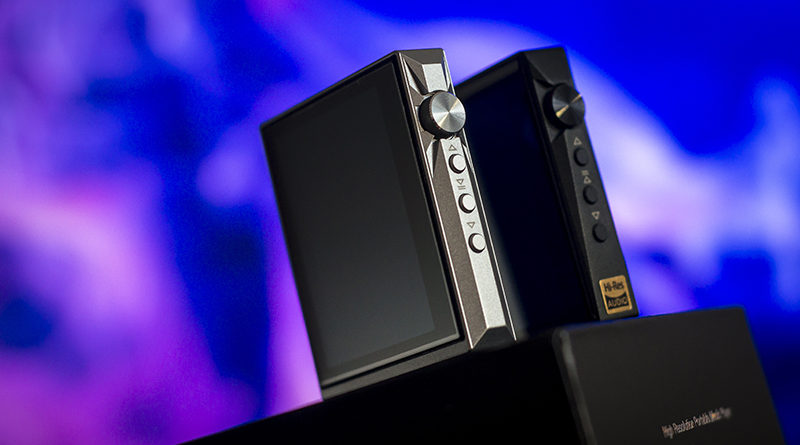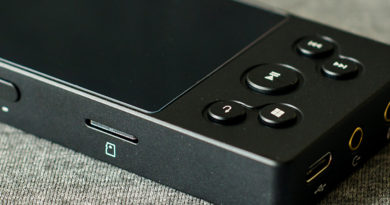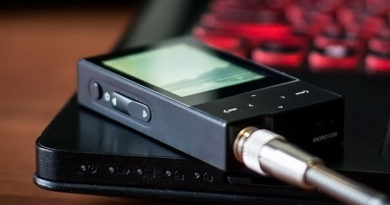HIDIZS AP80 PRO-X – new DACs, more functions and portability
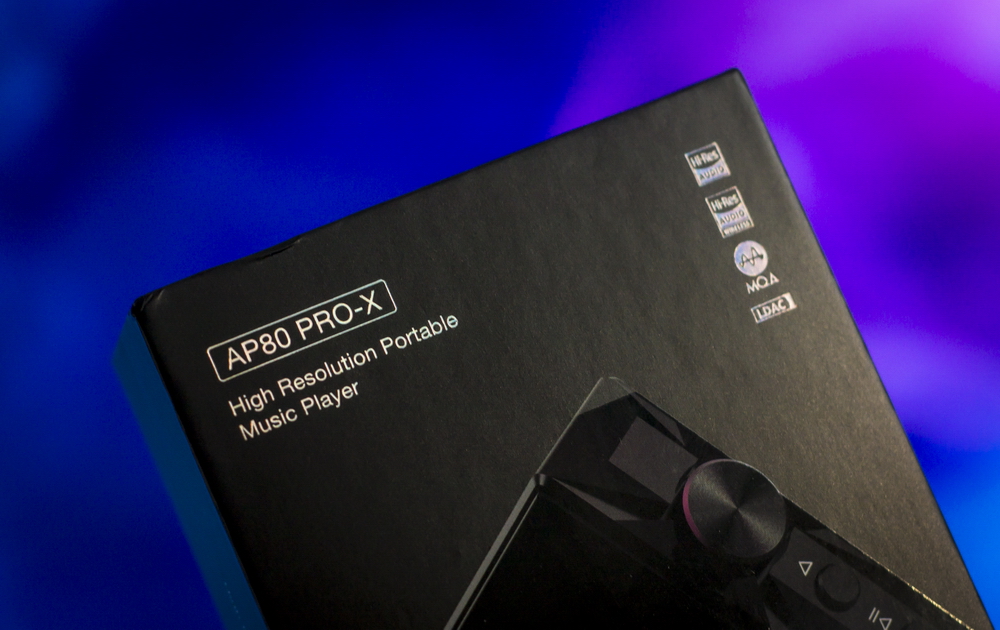
*This review is based on the review of the first version on Hidizs AP80 Pro with the additional findings, highlights and details of the PRO-X successor.
For the last few years I’ve been observing how Hidizs has developed from a small domestic single-product company to the international and respected portable HiFi gear brand. My experience covers each single piece of their audio technology: AP100, AP200, AP60, AP60Pro, AP80 DAPs, all IEMs, cable DAC converters, stand alone DAC, etc. Can’t state that all of those had flawless performance but none has fallen short of expectations in terms of audio quality. Still love my old AP100 and still use AP80 as the most convenient one. Furthermore, Hidizs was the first to utilize HiBy OS with its excellent HiBy link option which has become a golden standard for various current DAPs from other brands.
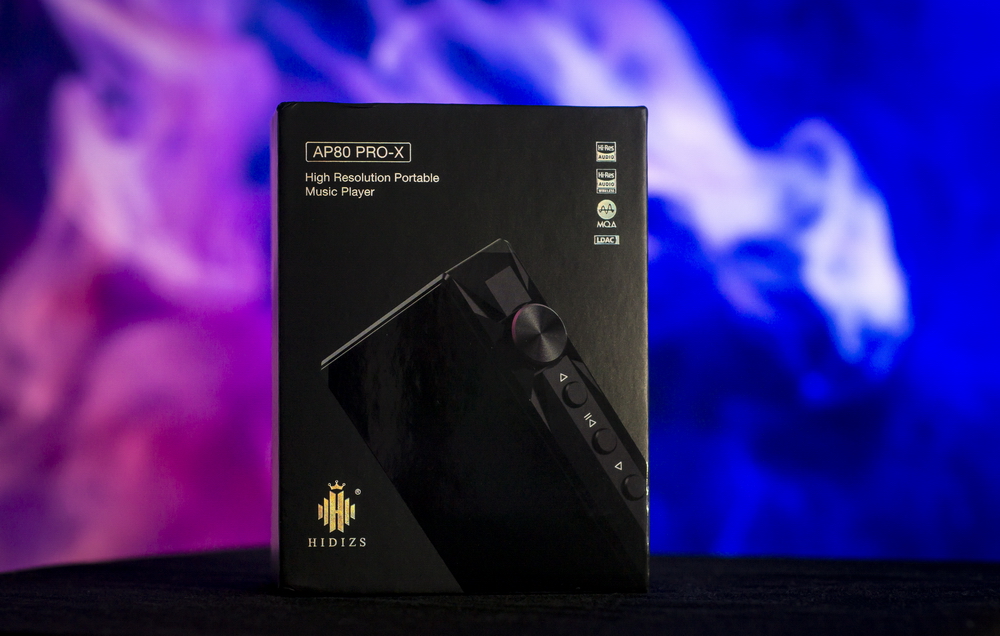
Today I would like to review Hidizs latest incarnation of very popular AP80 DAP series — AP80 PRO-X. There were couple of revisions of AP80 in the past, mostly dedicated to physical user experience, but AP80 PRO-X inherits the best features of its predecessor (AP80 PRO) and makes a huge leap of completely different nature — Pro version brings balanced circuit with the additional 2.5mm audio output and more power to drive higher loads…
Hidizs AP80 PRO-X technical data (differences / advantages over the previous AP80 PRO are in bold):
- CPU: Ingenic X1000
- DAC: Dual ES9219C
- Decoding: DSD64/128/256, PCM 384kHz/32Bit
- MQA: 8X
- Output: Single-ended 3.5mm / Balanced 2.5mm
- Single-ended Output: 70mW + 70mW @ 32Ω
- Frequency Response: 20-90kHz
- Total Harmonic Distortion+Noise: 0.0015% (1kHz)
- Dynamic Range: 115dB
- Signal-to-Noise Ratio: 119dB
- Channel Separation: 110dB (1kHz, A-weight, Rated Output)
- Balanced Headphone Output: 190mW + 190mW @ 32Ω
- Frequency Response: 20-90kHz
- Total Harmonic Distortion + Noise: 0.0015% (1kHz)
- Dynamic Range: 116dB
- Signal-to-Noise Ratio: 120dB
- Channel Separation: 117dB (1kHz, A-weight, Rated Output)
- Single-ended Output: 70mW + 70mW @ 32Ω
- Recommended Headphone Impedance Range 8-200Ω (Recommended value)
- FM: NO
- Pedometer Sensor: KX126
- FPGA DSD: HBC3000
- Operating System: HiBy OS 3.0
- Bluetooth: Bidirectional Bluetooth 4.2, support aptX, LDAC, UAT
- USB Port: Type-C, supports bidirectional USB DAC
- Remote Operation: HiBy Link
- Display: Samsung 2.45″ (480×360) IPS HD Touchscreen
- Housing: Aluminium alloy CNC
- Rear Cover Material: stereoscopic glass
- Volume Knob: Japanese ALPS
- Buttons 3 physical: play/pause, previous track, next track
- Maximum Storage Expansion: 512GB with MicroSD
- Battery: 800mAh 3.7V Li-Polymer Battery
- Work time: PO interface: 8-11 hours runtime, LO interface: 6-8 hours runtime (depends on actual usage)
- Standby: 40 days (depends on actual usage)
- Charging Time: ~ 1 hour (5V, 2A)
- Net Weight: 72g
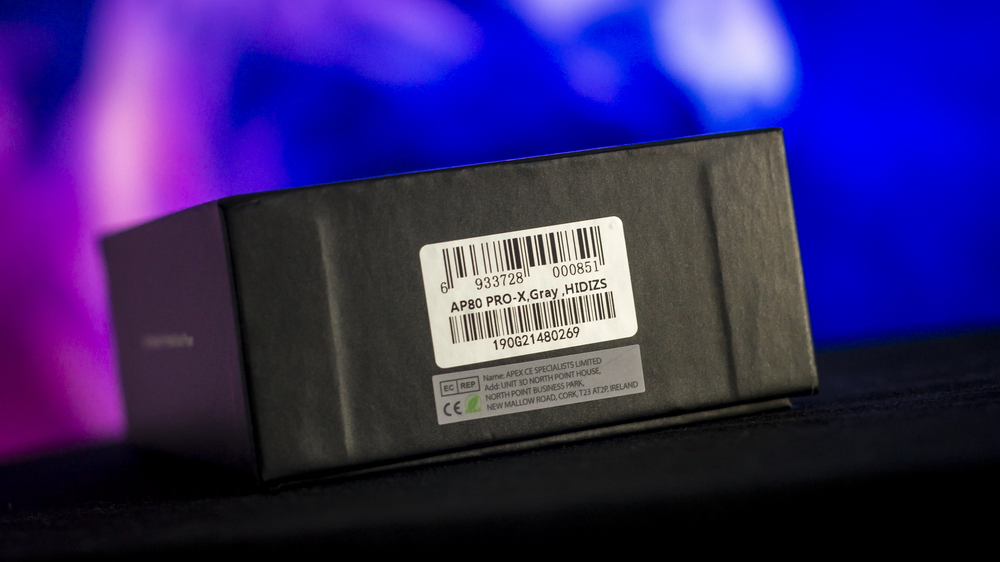
Going through new specs it is clear that the main change between AP80 PRO and PRO-X are next gen dual DACs (much better channel separation figures, less battery consumption in running and standby modes), better MQA support (8X unfold instead of 4X). Power output has not changed – 190mW per channel on BAL output.
It also happens so that I currently have both versions of this player and would be able to compare their musical and functional performance with similar IEMs.
10% discount for any item at Hidizs store using our promocode: ZMCR10
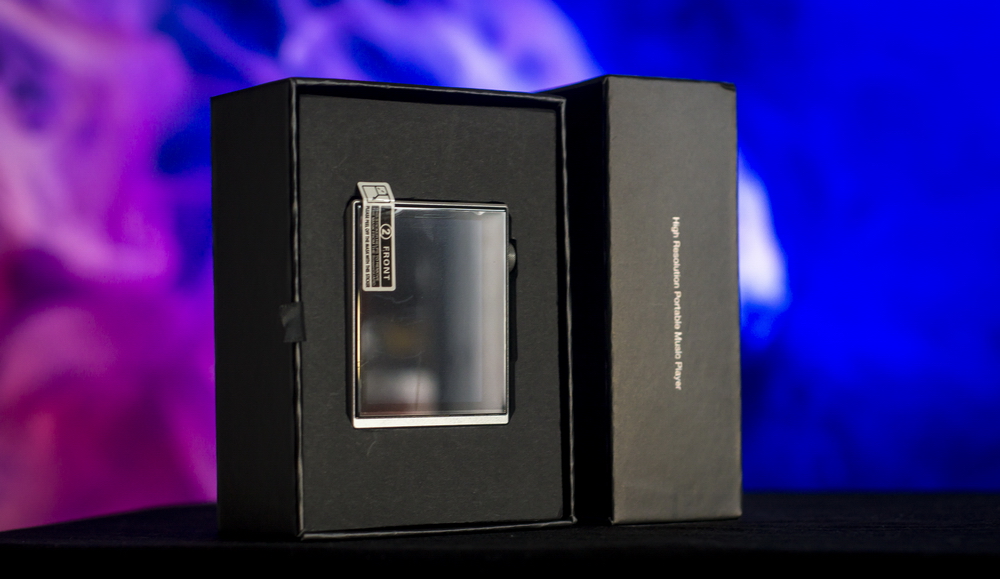
Packaging and design:
Many visual changes in that part. The box stayed similarly cute and small but it is now more appealing from a glance since containing glossy product graphics, more trademarks and initial information imprints. The insides are similarly well protected and neatly packed.
First goes soft podium that holds AP80 PRO-X, the rest of accessories in their boxes rest underneath. Here you would find:
- AP80 PRO-X DAP with front and back screen guards pre-applied
- USB type-C -> USB A cable
- USB type-C -> microUSB cable
- 2 additional front and back screen guarding film
- couple of leaflets
- short user manual
In contrary to its predecessor, there is no silicon case this time. I am not too upset since I wasn’t very happy with the case quality but I wounder why has Hidizs removed it from this bundle… Perhaps the new design has its own consequences…
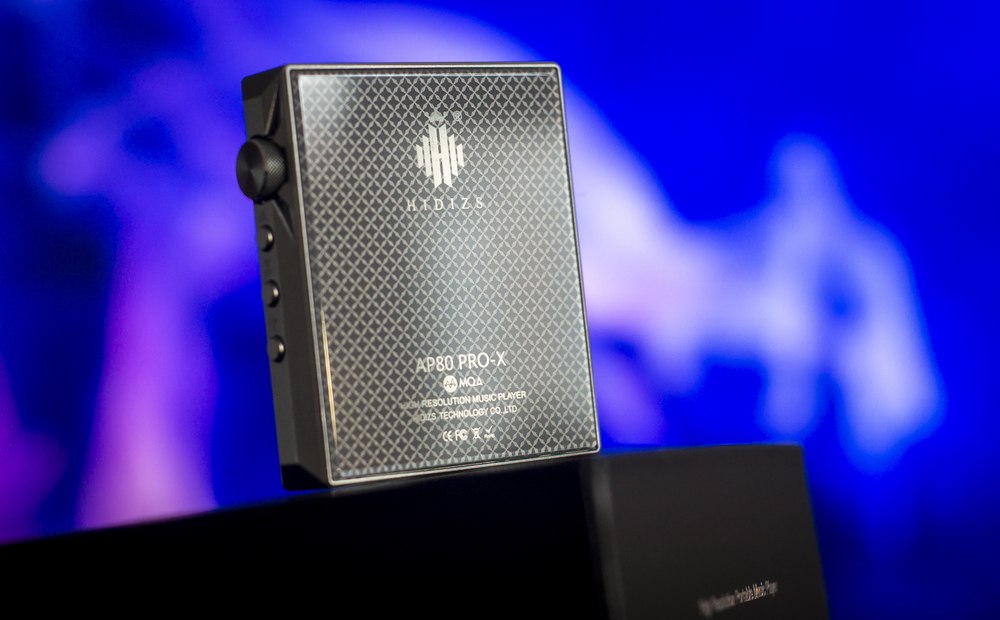
More appealing and significant changes found in AP80 PRO-X housing design compared to its previous version: it got even more complicated and definitely consumes even more CNC machine time. Right side edge acquired additional curves and edges that visually lead us to the main element – ALPS volume encoder. It now sits pretty tight, with no apparent rattle or free play. I would say that AP80 PRO-X design is now over complicated for such portable device and starts to remind about A&K shapes.
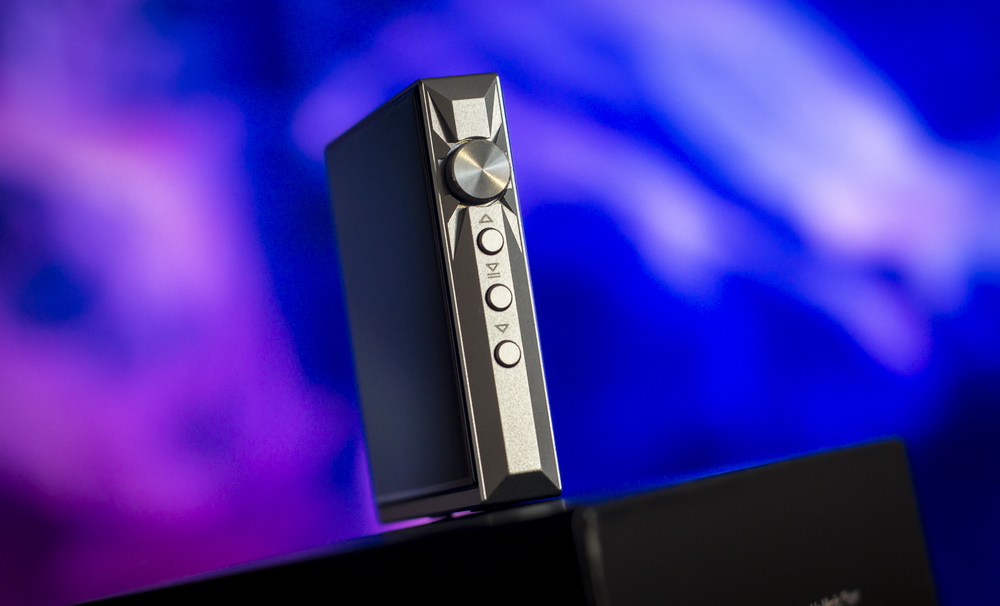
Left edge displays carries “designed for Hidizs” text which probably means that Hidizs has turned to a new, more advanced design company, which has managed to keep familiar look, bringing some fresh details at the same time. The rest of its virtues remained the same — beautifully looking back covered with stereoscopic glass, intuitive controls, shiny flanges, comfortable physical buttons with tangible clicks.
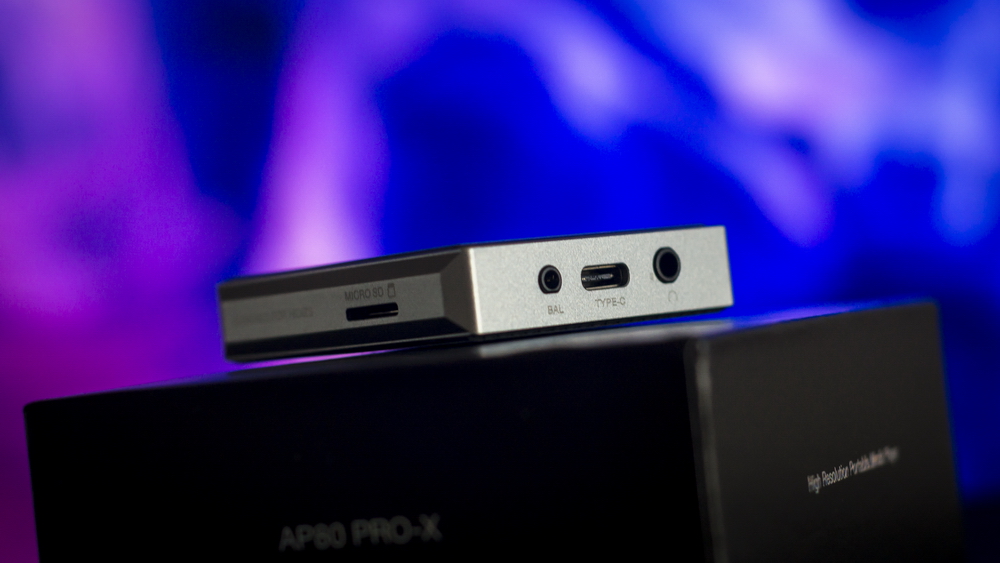
Screen size and performance didn’t change at all. It is the same 2.45″ IPS touchscreen with more than enough resolution and sensitivity for this type of a product. It behaves perfectly, has wide viewing angles and enough brightness to interact with it outside, even in the bright light environment.
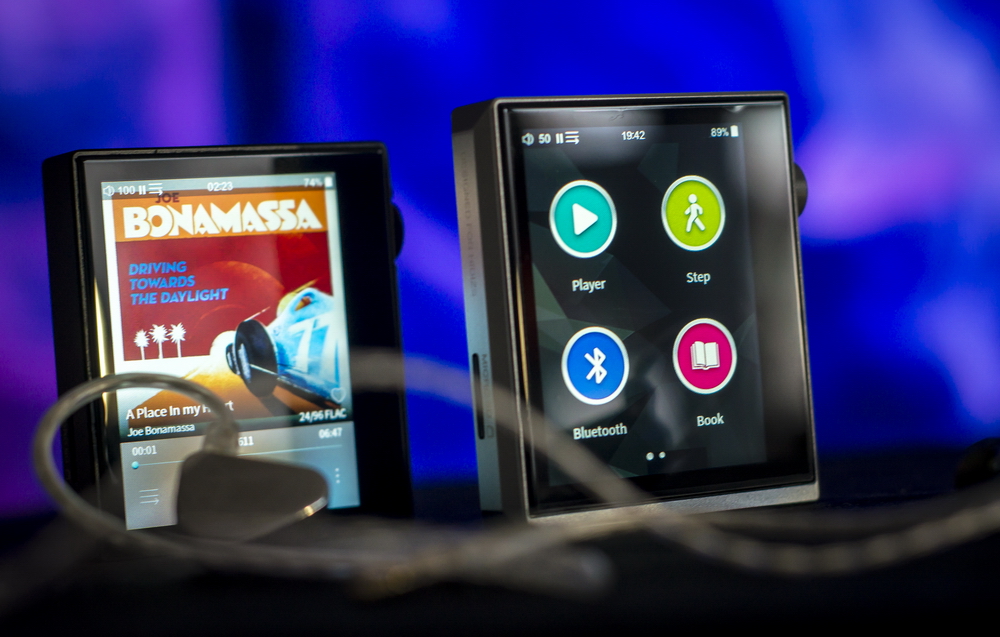
Performance and UI:
AP80 PRO-X is based on HiBy OS 3.0 and Ingenic X1000 CPU. This combination stays unchanged since the initial release of AP80 DAP and still demonstrates smooth behavior of the user interface. First scan is very fast even with 128GB cards full of different format tracks, all operations are quite snappy.
Seen couple of interface freezes when scrolling through large list of songs but 99% of other interactions are naturally responsive. Haven’t spotted any FW glitches with the latest 1.0 FW version, neither found any severe bugs or translation errors among function list. If you are using any smarpthones based on iOS or Android — you’d feel like being home. Each feature or program is represented by a separate icon.
All general device and audio settings are gathered in Settings Menu, whereas all deep and more precise audio preferences like EQ and filters are located only in HiBy Music application. By the way, HiBy Music looks very similar to its versions for other platforms. No surprises here. It also features such function as HiBy Link that allows you to control this DAP from a smartphone.
Menu structure:
- Main screen apps:
- Player
- Step counter
- Bluetooth
- Book
- System settings
- About
- System settings:
- Language
- Database update (Auto|Manual)
- Brightness (1-100% slider)
- Backlight time (stay on or 10 — 120 sec)
- Color theme (ON|OFF, pattern selection, slider selection)
- Font size (small|middle|big)
- USB mode (Storage, Audio, Dock)
- Button operation when screen is OFF (ON/OFF)
- Time settings (date, format, time)
- Idle timer (OFF, 1-10min)
- Sleep timer (OFF, 5-120min)
- Battery percentage display (ON|OFF)
- Standby (ON|OFF)
- InLine remote (ON|OFF)
- Recording steps (ON|OFF)
- Lock volume knob (ON|OFF)
- Screensaver (OFF|Album cover|Dynamic cover)
- Restore defaults
- FW update
- Bluetooth
- ON|OFF
- Device Name
- HiBy Link (ON|OFF)
- High Quality (SBC, aptX, UAT 600k, 900k, 1,2M, Prefer LDAC, LDAC standard, LDAC quality priority)
- Bluetooth volume adjust
- Search devices
- Paired devices
- Available devices
- HibyMusic settings:
- Update database
- MSEB
- EQ
- Play settings:
- Play mode (through list, loop single, shuffle, loop list)
- DSD output mode (PCM, DoP, Native)
- DSD gain compensation (0-6)
- Resume play (none, track, position)
- Gapless play (ON|OFF)
- Soundfield (ON|OFF, -1 — 3)
- Max volume
- Power On volume (Memory, 0-100)
- Crossfade (ON|OFF)
- Gain (LOW|HIGH)
- ReplayGain (none, by track, by album)
- Balance
- Antialiasing filter (LPFR, LPSR, MPFR, MPSR, AFR, ASR, CMPFR, BW)
- Play through folders (ON|OFF)
- Play through albums (ON|OFF)
- Drop down PLAY NOW menu:
- List now playing
- Add to playlist
- EQ
- View album
- Properties
- Delete
- PLAY NOW screen options:
- PLAY|PAUSE
- Seek slider
- NEXT|PREVIOUS TRACK
- PLAY MODE (shuffle, loop, etc)
- Menu
- Add to favorite
- Show Lyrics
- Swipe UP menu:
- Bluetooth (ON/OFF)
- GAIN (LOW/HIGH)
- USB (DRIVE/DAC)
- LineOUT Mode
- Swipe to adjust backlight
- Swipe to adjust volume
- Play widget (previous / next track, play/pause, artist and song title)
Should say that the pedometer function was not reliable in AP80 PRO-X, don’t see much changes with the AP80 PRO. My Amazfit GTR2 watches show more steps for the similar period. Therefore, I wouldn’t use this function too much. The rest are working as it should.

In order to update FW: we have to download FW from Hidizs website, unpack it and place update.upt file to the root of SD card. Than run FW update from System menu. It would take about a minute to get it done.
One of the most convenient function of HiBy OS — HiBy Link — that allows full remote control over HiBy Music player from a smartphone works great. Album covers, song list, play mode, volume — all major functions can be controlled from a smartphone. Love this function that makes AP80 home audio integration and remote control in such user case very convenient.
USB DAC:
I always check this function and spending some time watching live or recorded concerts on Youtube or other platforms. Short audio lag and good driver is what I would chase in this test.
USB DAC mode works perfectly either with the dedicated TUSB (ASIO) driver available at Hidizs website or with the native Windows 10 driver (USB DAC). But note that ASIO version might produce more audio lag which would not be very comfortable for watching videos. USB native DAC driver is completely free of this lag. There is no problems in video to audio stream synchronization while watching videos and sending sound through AP80 PRO-X to phones. Neither there are any problems of using it with Foobar2000 player over Wasapi (event or push).
Using AP80 PRO-X as external DAC for Xiaomi Redmi Note 8Pro smartphone with the provided microUSB type-C -> microUSB cable works fine. HiBy Music app recognized this device and allowed us to send bit-by-bit perfect stream.
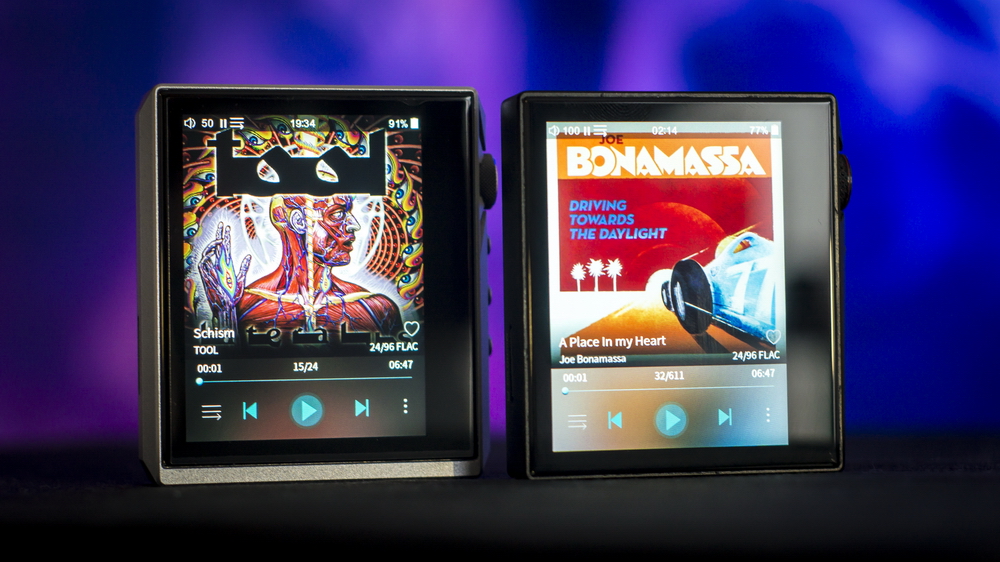
I have also checked such rarely used function as «transport»: sending digital audio stream though DAP USB to another DAC USB that drives home audio system. Even this scenario worked as expected.
Same scenarios of sending / receiving stream may also be used over bluetooth. So called bidirectional bluetooth DAC. Bluetooth supports aptX, LDAC and UAT codecs (along with lower audio quality standard codecs). I’ve been able to check aptX IEMs and UAT 1.2M device (HiBy W5 bluetooth receiver) — both worked fine while sending data from AP80 PRO-X. The distance was about 8-12 meters away before audio started to show some severe interruptions. The other way around was checked by sending audio stream from Redmi Note 8Pro to AP80 PRO-X over Bluetooth — no problems there either.
Audio quality:
First, I would like to share AP80 general impressions and than I would compare it to AP80P PRO and AP80 PRO-X by pointing out the changes. Such approach is logical because 3.5 audio output has not changed at all (or there are only subtle changes). Therefore, the main difference and new experience would come from balanced 2.5mm output. To keep this comparison precise, I’ve used AP80 + Hidizs Seeds 3.5mm V|S AP80 PRO and PRO-X + Hidizs Seeds 2.5 balanced IEMs. So, similar IEMs with different types of connection, same settings, same audio material.
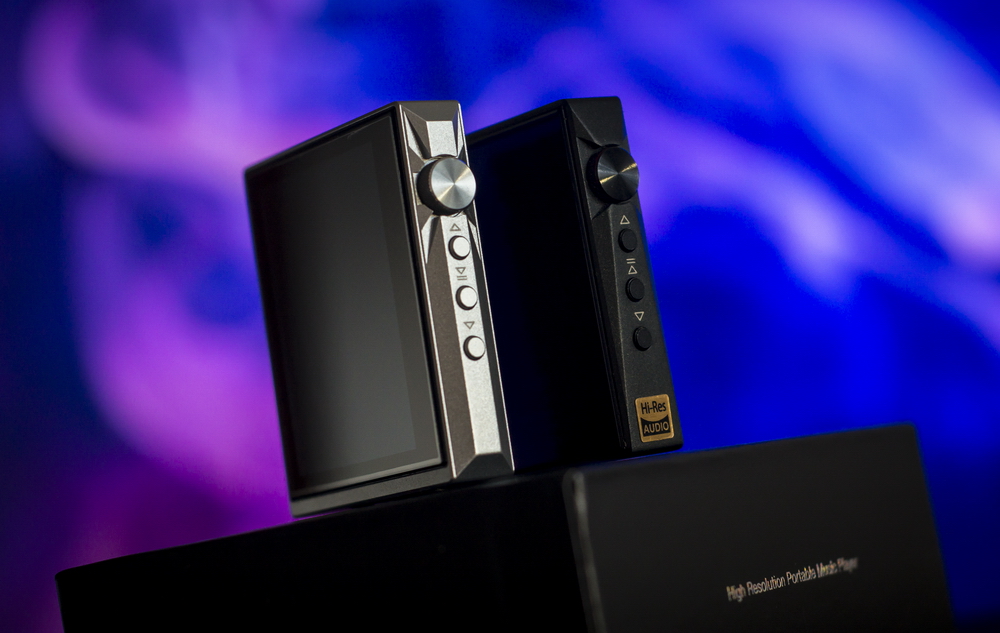
Initial AP80 impressions:
What I like the most is that AP80 sounds neutral with slight tendency towards bright/cold tonality. Lows, mids and highs are in good balance making this DAP universal to feed it with any kind of music genre. I would call it a precise source for connecting any further audio equipment like headphones, large power amps, active speakers, etc.
Good clarity and crispness on higher frequencies with the further ability to switch filter effects; precise texturing and presence of lows; powerfull, fast and punchy midbass; natural sounding at midrange with pleasing vocals and its weighted presence in the entire mix. ATH-M50 40Ohms load is easily driven by AP80 creating the feel of mature and balanced sound picture. Price niche (in comparison to more expensive DAPs) is only evident on higher frequencies (simplified, slightly rough, not that gentle) and overall texturing (not that over detailed).
The signature is a bit on the brighter side, no moody or tube-like performance, no cattle effect. Bass is completely enough to hear its nuances with ATH-M50, at least. Neither I’ve found the disturbing presence of sibilance in highest octave. Besides, I didn’t even try to play with HibyMusic MSEB feature that gives additional control over such aspects as:
- sound temperature
- bass extension
- bass texture
- note thickness
- vocals
- female overtones
- sibilance LF
- sibilance HF
- impulse response
- air
all of that was kept at default settings during out tests and the resulting sound didn’t require any changes. But the availability of such features, along with gain and filters, gives you a huge field for further experiments of tuning this source for the final audio equipment in chain.
Channel separation is better than entry-level models demonstrate but not so distant as in case with flagship DAPs or AMPs with coupled DAC chips. The resulting sound stage width, depth and instument location is equal or even a bit more than we would expected from such portable device. Monaural recordings show good distance and instrument placement on stage with clear horizontal and vertical position.
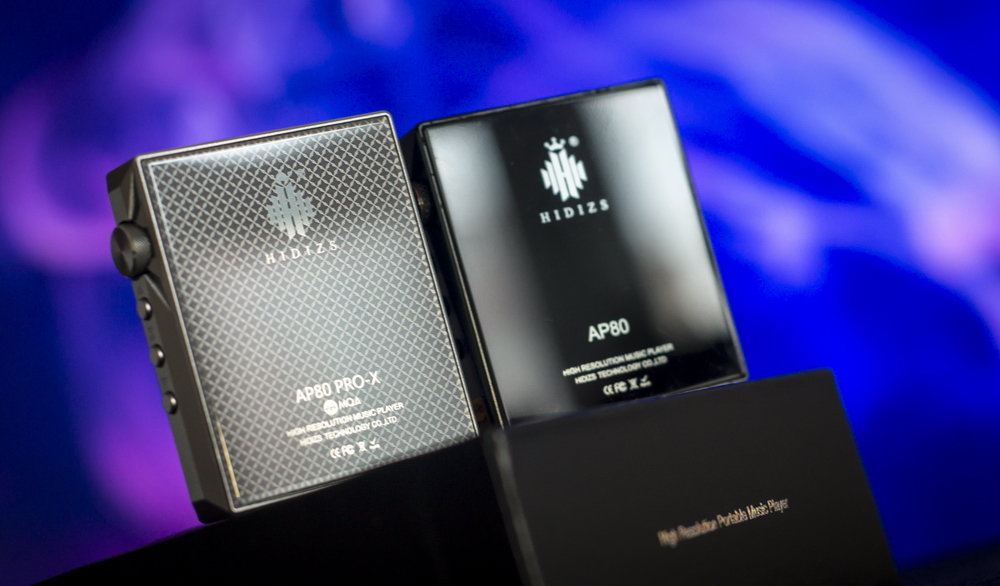
I also tested AP80 with Hidizs Seeds IEMs and found that they make a great pair. ATH-M50, sometimes, might emphasize low frequencies and are very straight forward. Excellent for detail analysis and tests but too strict for getting some rest… Seeds IEMs are softer, warmer and smooth. They create the additional fluency while maintaining the same amount of details.
If to think about the best pairing: I would say that using AP80 PRO/PRO-X with tube amp like xDuoo MT601/602 makes a great effect of smoothing out timbre and tonality, making music more calm and delicate.
AP80 SE V|S AP80 PRO Balanced output:
The main advantage of using AP80 PRO/ PRO-X balanced output instead of AP80 3.5 SE is the amount of power it produces which inevitably leads to more juicy presentation, more dynamics (especially in midbass section), more clarity and transparency in overall.
Of course, this difference only becomes apparent with high impedance headphones or IEMs which require more power to be driven to an appropriate level. If pairing both DAPs with the same low impedance | high sensitivity IEMs the differences in sound get less apparent… Perhaps, the main difference is better instrument separation and larger imaginary stage. In other words — I like balanced output sound more due to extended assertiveness in combination with less cramped feel under the same circumstances. Difference between PRO and PRO-X alone is not that evident, at least I cannot spot such.
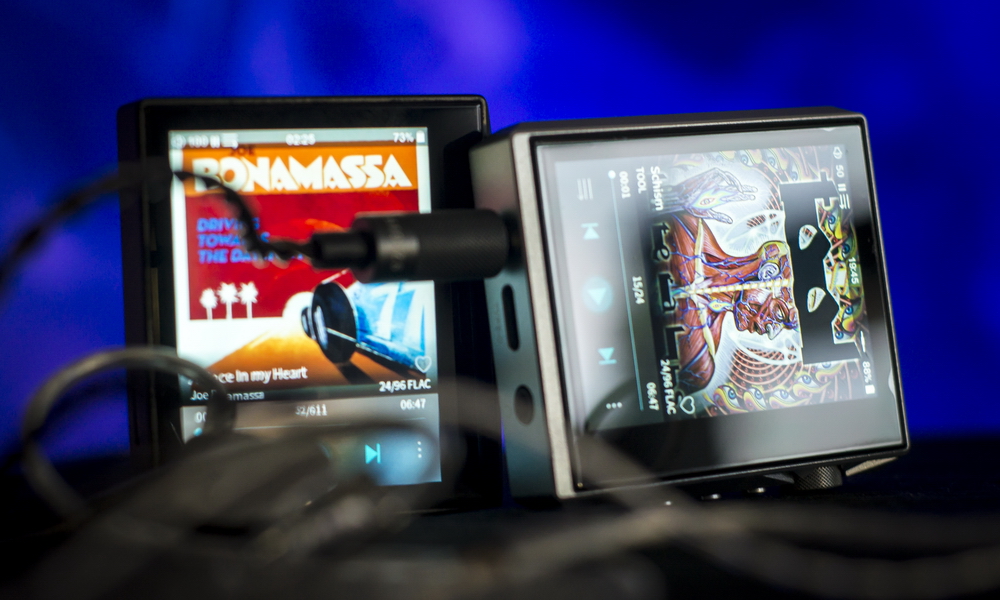
Freedom to choose more demanding output head gear and having enough power in reserve under the hood — this what makes AP80Pro superior to its predecessor even if the changes in audio signature and characteristics are on the subtle side.
The difference between PRO and PRO-X alone is not that evident. Perhaps the stage became wider (at least it seems so to me). But in overall, sonically, both versions sound very similar and I wouldn’t be able to distinguish between them in a blind test.
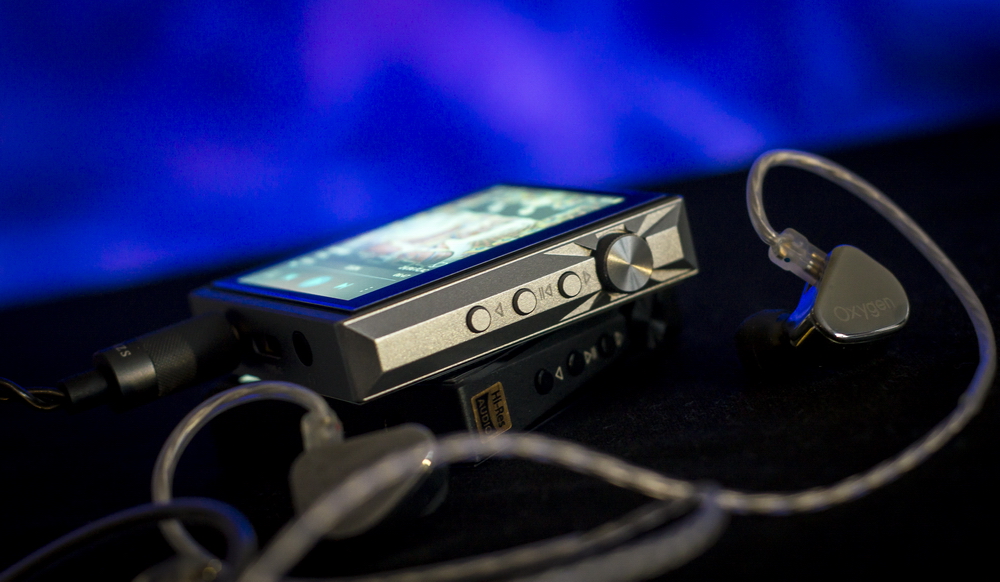
Conclusion:
Since the first day of arrival the initial version of AP80 became the main portable source of audio for me and was serving its role perfectly up till now. There were some bugs at the beginning which were eliminated by Hidizs with the new FW releases. The only arguable spec was its output power resulting into a range of final gear limited to a lower impedance.
AP80 PRO-X, being the latest generation, takes a huge leap and represents the most of the ultra-portable HiRES DAP nowadays. It inherited all the virtues of all previous generations, also comes with more polished and stable FW, incorporates huge amount of modern features and visually appeals too. It is balanced, powerful enough to drive all types of IEMs, earbuds and even some large overheads. Can’t even imagine which other new virtues would Hidizs introduce in the next generation in case if AP80 PRO-X is planned for future upgrades. It is already hell lot of powerhouse in a such tiny package. Perhaps – only the modern 4.4mm BL output is desired, although it is hardly possible due to tight space inside (you can check my AP80 teardown article LINK)
And the last, but not the least – should anyone upgrade from AP80 PRO? Only in case if better MQA handling is vital. Otherwise – probably not. But shifting from regular AP80 or something like Shanling M0 is a must. AP80 PRO-X is just so much better in all aspects.
10% discount for any item at Hidizs store using our promocode: ZMCR10
Official AP80 PRO-X page and store: LINK
Thank you for reading.

